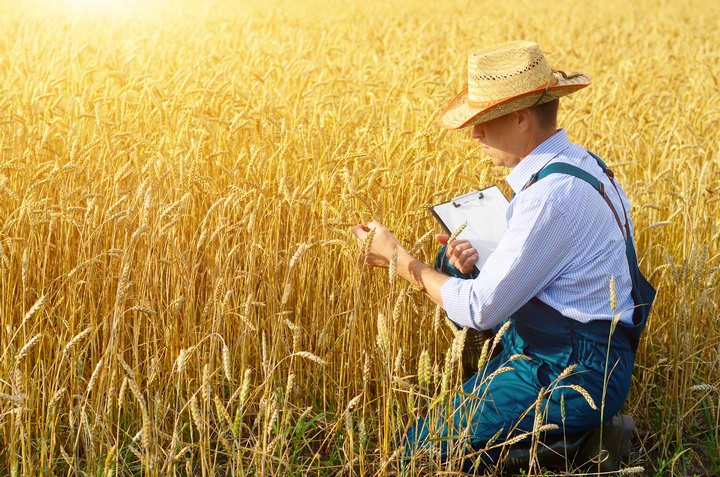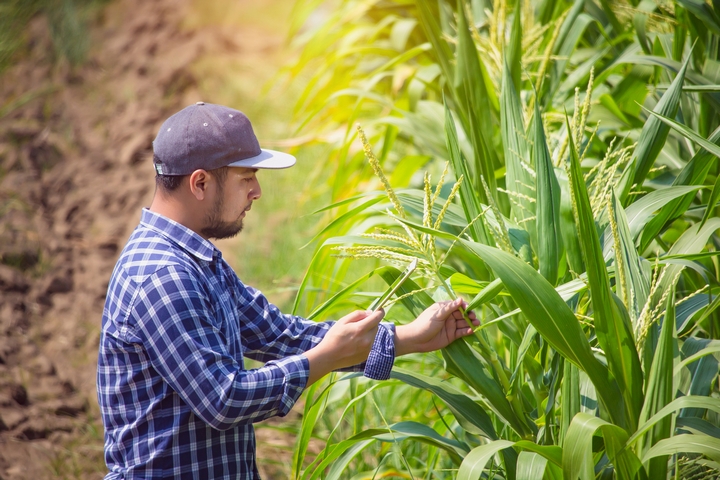When it comes to insurance, there are a myriad of options available to you. From auto insurance to life insurance, having the requisite insurance coverage is absolutely vital. Some types of insurance are applicable to everyone, while others are more niche and only apply to certain demographics, such as crop insurance.
If you are a farmer, your crops are vital to your livelihood. As such, there exists different types of farm insurance coverage that will ensure their assets are protected. In the event of catastrophe, farmers who want to protect their growing plants must get appropriately insured.
If you are new to the world of farming insurance, here are the basics to help you understand how does crop insurance work:
History of crop insurance

Major North American countries, such as the United States and Canada, share a common history with crop insurance programs. For the most part, they have originated in the mid-twentieth century, with the intention of providing protection to farmers. As time passed, the programs evolved to allow for more flexibility.
This was incredibly important because different areas had to accommodate different farmer’s needs. Crop insurance also works from both a provincial and national level, with the different levels of government working together to provide for farmers. As a result, it remains critical to an agriculturalist’s work.
How crop insurance works

Crop insurance works primarily to protect the applicant first and foremost. Insurers who distribute crop coverage are usually part of a federally mandated program. The government allows insurers to act as agents, who will then disperse crop insurance policies at their own accord.
For the most part, a farmer will receive their reimbursement in thirty days or less, from the point of loss in regards to their crops. The diction used in crop coverage, from the aforementioned policies to rates, are all verbalized by the government, and streamlined through the work of insurance professionals.
Multiple-peril crop insurance

When it comes to getting coverage for crops, there are two types of crop insurance available. The first type is known as Multiple Peril Crop Insurance, or MPCI, and covers specific types of losses. These may include, but are not limited to, natural disasters to flooding.
MPCI insurance programs are federally structured, and are generally sold by a crop insurance business through the private sector. It is also the most common type of crop insurance bought by farmers, and covers many different types of crops. Finally, It is important to know that MPCI coverage must be purchased by the deadlines outlined for each growing season.
Crop-hall insurance

If farmers choose not to go with MPCI coverage, they may then opt to get insured through crop-hail policies. Crop-hail insurance is not part of the federally mandated crop insurance program; it is instead sold by private insurers. Crop-hail programs are often bought in conjunction with MPCI policies, in order to provide a thorough range of coverage.
In geographical areas that are generally affected by a lot of hail, quality crops need the proper coverage. That is why it is seldom purchased, in relation to MPCI programs, due to its notable restrictions. However, unlike MPCI coverage, it can be purchased at any point in the growing season.
Types of crops coverage

As it pertains to the actual crops, the types of crop insurance programs available will cover different harvests. For MPCI programs, farmers will get protection for their harvests such as corn, cotton, and wheat. Depending on the actual geographical location, other crops such as blueberries or pumpkins can also fall under the coverage range as well.
In certain circumstances, there are specific crops that may not fall under an MPCI program or crop-hail coverage. If this is the case, a farmer is encouraged to contact an agency, and request that the applicable program expands, so their harvests get the coverage that they need.
Cost of crop insurance

Insurance programs will, for the most part, be tailored to a specific situation. Farmers will undoubtedly get different rates as it pertains to their crops, so they will have to do some research in terms of affordability.
Premium rates for crop insurance are usually established by the federally mandated program, before being given to the subsequent insurer. For the most part, the prices usually remain the same throughout the entire industry. Due to its sustained flexibility, prices are generally affordable to all those who are qualified for getting covered.
Crop insurance programs are a cost-shared program between the government, insurers, and producers. As a result, it doesn’t have to be a detriment to those who require protection for their harvests.
Agriculture is vital for those who live in rural areas. That is why getting the most appropriate amount of coverage is necessary, in the event of arbitrary disaster. If you are a farmer, be sure to determine what crop insurance coverage is most suitable for you!




